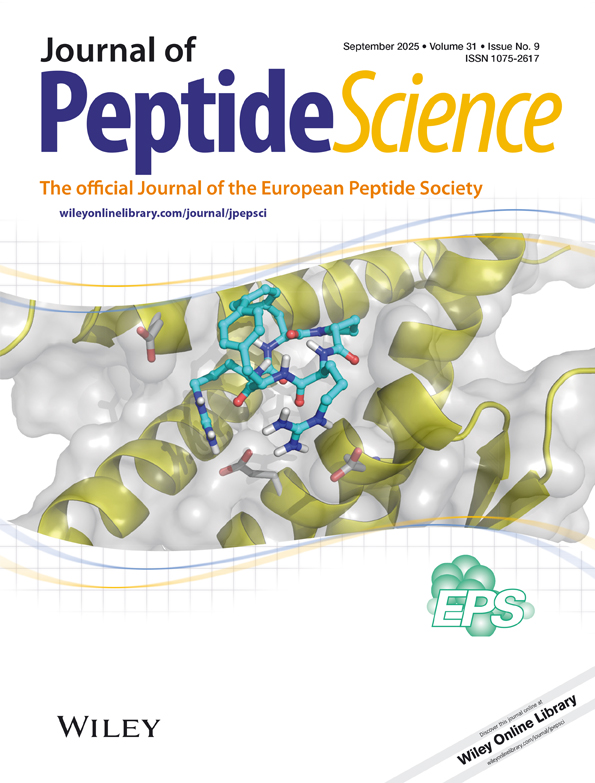Effects of a memory enhancing peptide on cognitive abilities of brain-lesioned mice: additivity with huperzine A and relative potency to tacrine
Abstract
Alzheimer's disease (AD) and related dementing disorders having cognitive manifestations represent an increasing threat to public health. In the present study, the effects of a memory enhancing NLPR tetra-peptide (MEP), huperzine A (Hup A), or a combination of the two on the cognitive abilities of brain-lesioned mice were evaluated and compared with tacrine in the passive avoidance and  -water maze tests for the acquisition and retention aspects of cognitive functions. MEP at µg kg−1 doses, and Hup A or tacrine at mg kg−1 doses significantly reversed the cognition deficits induced by scopolamine. For acquisition ability, it was observed that mice administered with MEP (4.0 µg kg−1) spent less time escaping onto the platform in the water maze than those treated with tacrine (1.5 mg kg−1); whereas for memory retention, tacrine-administration resulted in a higher step-through latency in mice at the tested dose regime. In addition, co-administration of MEP (2.0 µg kg−1) and Hup A (0.1 mg kg−1) exhibited an additive effect resulting in considerable improvements in both acquisition and retention abilities of brain-lesioned mice. The results demonstrated that MEP was highly efficient in the rescue of cognitive abilities of brain-lesioned mice and in particular, the effective doses of MEP were about two orders of magnitude lower than that of tacrine, a therapeutic currently used in the treatment of AD. Moreover, MEP and Hup A were effective at reduced doses when the two were co-administered, providing a rationale for their combined usage in the treatment of cognitive deficits. Copyright © 2005 European Peptide Society and John Wiley & Sons, Ltd.
-water maze tests for the acquisition and retention aspects of cognitive functions. MEP at µg kg−1 doses, and Hup A or tacrine at mg kg−1 doses significantly reversed the cognition deficits induced by scopolamine. For acquisition ability, it was observed that mice administered with MEP (4.0 µg kg−1) spent less time escaping onto the platform in the water maze than those treated with tacrine (1.5 mg kg−1); whereas for memory retention, tacrine-administration resulted in a higher step-through latency in mice at the tested dose regime. In addition, co-administration of MEP (2.0 µg kg−1) and Hup A (0.1 mg kg−1) exhibited an additive effect resulting in considerable improvements in both acquisition and retention abilities of brain-lesioned mice. The results demonstrated that MEP was highly efficient in the rescue of cognitive abilities of brain-lesioned mice and in particular, the effective doses of MEP were about two orders of magnitude lower than that of tacrine, a therapeutic currently used in the treatment of AD. Moreover, MEP and Hup A were effective at reduced doses when the two were co-administered, providing a rationale for their combined usage in the treatment of cognitive deficits. Copyright © 2005 European Peptide Society and John Wiley & Sons, Ltd.




